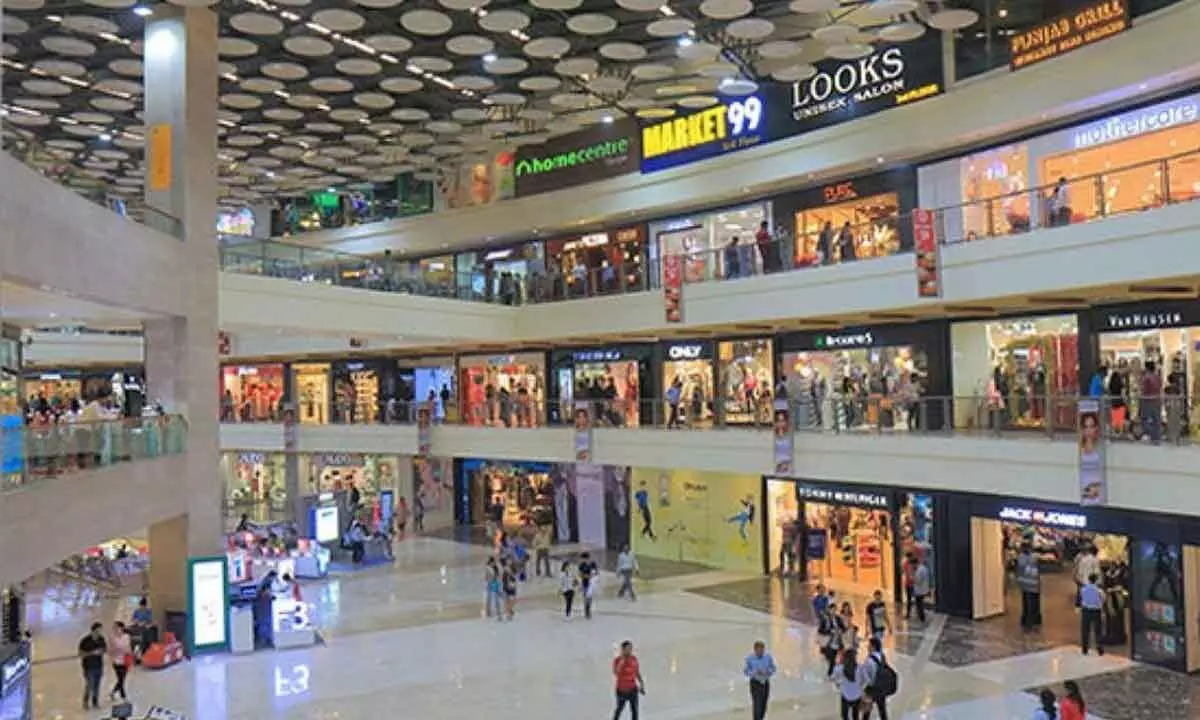Indian clothing retail industry is on a growth track
Aditya Birla Fashion and Retail vertically demerged Madura Fashion & Lifestyle into a separate listed entity
image for illustrative purpose

The pandemic provided a stark reminder of the importance of staying resilient during market downturns. Investors who remained steadfast and capitalized on the opportunity to buy low were rewarded with significant returns as markets recovered
The Indian retail industry is growing at a consistent rate. Top companies like Aditya Birla Fashion Retail Limited and Arvind, and mid-level companies like TT Limited and high fashion women wear brand Madame, D2C brand Bewakoof and many more such brands an d retailers have come up with interesting steps to stay in contention for a share of the pie.
Incidentally, not only Indian companies but even global brands and retailers are making good money given that their market is growing continuously. This trend is also seen in India’s small towns.
Recent developments:
Just a few days back, India’s fashion giant Aditya Birla Fashion and Retail Ltd decided to vertically demerge its Madura Fashion & Lifestyle business into a separate listed entity as this step would create two separately listed companies as independent growth engines with distinct capital structures and parallel value creation opportunities.
Myntra the online giant platform is continuously adding global brands to its platform and growing by the day.
Arvind Limited has come up with a strategic collaboration with Lakshyaraj Singh Mewar of Udaipur, as the brand ambassador for Primanté, its premium suiting & shirting brand.
A few months back, one of the popular D2C brands Bewakoof hired Rashmika Mandanna as the brand ambassador. Incidentally, the runaway success of ‘Animal’ has shot Rashmika to the national spotlight.
Madame, associated with Shanaya Kapoor, continuously comes up with new collections. Libas, a well-known ethnic apparel brand, roped in Kiara Advani as their brand ambassador.
Many emerging brands are continuously opening their stores to enhance their reputation in new cities. Westside added three new stores in Bengaluru, Chennai, and Kochi. JadeBlue, the Ahmedabad-based menswear brand, opened its first exclusive store in Ajmer to reach more shoppers in Rajasthan.
Using the Indian Premier League (IPL) platform, Puma, the official kit partner of Delhi Capitals, is banking on the club’s strong fan base to boost sales of its merchandise during the season. TT Limited is associated with cricketer Shivam Dube as a means to encash the IPL popularity.
The equation is simple-Brands are on their toes to grab a bigger market share by an improved customer base.
Focusing on film stars and cricketers and making administrative changes are steps that show that fashion companies, like other fields, need to continuously evolve and move towards innovative marketing strategies to achieve overall growth.
Global brands on toes:
At the same time International brands Levi's, Uniqlo, H&M, M&S and Bestseller Group, among others are carving a niche in the Indian market and creating challenges for the desi brands as aspirational consumers are aggressively looking for global brands.
A top team of Denmark’s Bestseller group visited India.
There is no end to such small but positive news. USA's New Balance, a sports and casual wear brand, has entered India market through Pune.
Market for everyone
The beauty of India is that there is a market for everyone and for all types of products and brands. Apart from these premium brands or the international bands, value-for-money brands, and retailers with their private labels like Reliance Trends, Shoppers stops are also performing extremely well. Tata’s Zudio story is like a revolution in this segment.
Apart from all these top brands and retailers, I heard about many such firms that are not well known but doing good business at their level and expanding at the multi fronts.
Indian fashion and apparel sector is valued at over $ 100 billion and it is set for a double-digit long-term growth. No matter at whatever level you are, it's time to focus on growth initiatives.
What are you waiting for?
(The writer owns a garment manufacturing unit in the interiors, many of whose employees are women)

